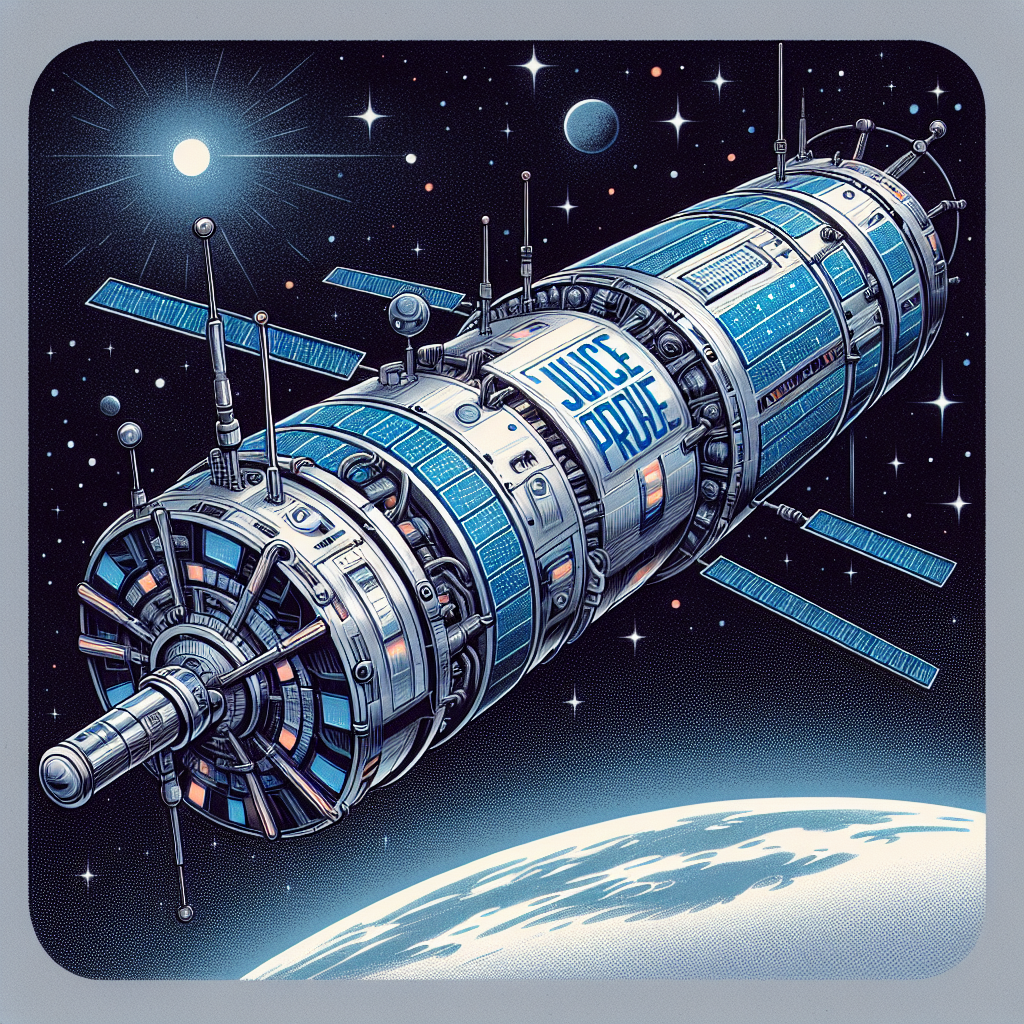JUICE Probe to Perform First-Ever Double Slingshot to Reach Jupiter
European scientists are attempting a groundbreaking double slingshot maneuver with the JUICE probe, using the gravity of both the Moon and Earth to guide it towards Jupiter. This unprecedented move aims to propel the probe on a trajectory to study Jupiter's moons, potentially uncovering conditions that could support life.

European scientists are gearing up for a historic feat in orbital mechanics. Late on Monday, they'll execute an unprecedented double slingshot maneuver, utilizing the gravitational pull of both the Moon and Earth to direct the JUICE probe towards Jupiter. This ambitious attempt marks the first-ever double gravity assist.
Launched just over a year ago, the JUICE probe will make its way back towards Earth on August 19-20. By harnessing Earth's gravity for a braking effect, the European Space Agency (ESA) plans to shepherd the probe toward Venus before its final destination, Jupiter.
The maneuver involves an initial swing by the Moon to set the right path towards Earth. Even the slightest error at this stage could spell disaster due to the magnified stakes in the second phase, which uses Earth's gravity to decelerate. Engineers and scientists caution that this could jeopardize the eight-year journey.
Nicolas Altobelli, JUICE Mission Manager, emphasized the high stakes: "Inherently, this is a bit tricky because correcting any error requires propellant." The probe is expected to pass within 750 km (465 miles) of the Moon's surface at its nearest point.
For decades, scientists have used gravity assist techniques to navigate the solar system while conserving fuel. However, this week's Earth-Moon double fly-by will be the first back-to-back attempt.
If successful, JUICE will be on track to reach Jupiter by 2031, with three additional gravity assists from Venus in 2025 and Earth in 2026 and 2029. This adaptive approach allowed ESA to employ smaller rockets rather than the massive ones previously considered.
ESA's strategy leverages the Moon's position to slow the probe by catching Earth ahead of its orbit around the Sun. Altobelli remarked, "It's a very good configuration of the Moon's position around the Earth ... So we are being opportunistic."
The mission builds on NASA's 1990s Galileo mission to Jupiter. JUICE aims to orbit Jupiter, conduct fly-bys of its icy moons, and eventually circle Ganymede to evaluate its potential for supporting life.
Altobelli pointed out, "It means studying the conditions and understanding whether those moons could be a potential habitat, and could have conditions favorable for life as we know it."
(With inputs from agencies.)
ALSO READ
Breaking Barriers: SpaceX, ISRO and the Future of Space Missions
Researchers Decode Day-Night Variations in Mars' Crustal Magnetic Field: Implications for Future Space Missions
Science News Highlights: Innovations in Algae Power and Space Missions
Mars Ventures & Space Missions: The Latest in SpaceX and Boeing Starliner
Breakthroughs in Space Missions Among American and Russian Astronauts










